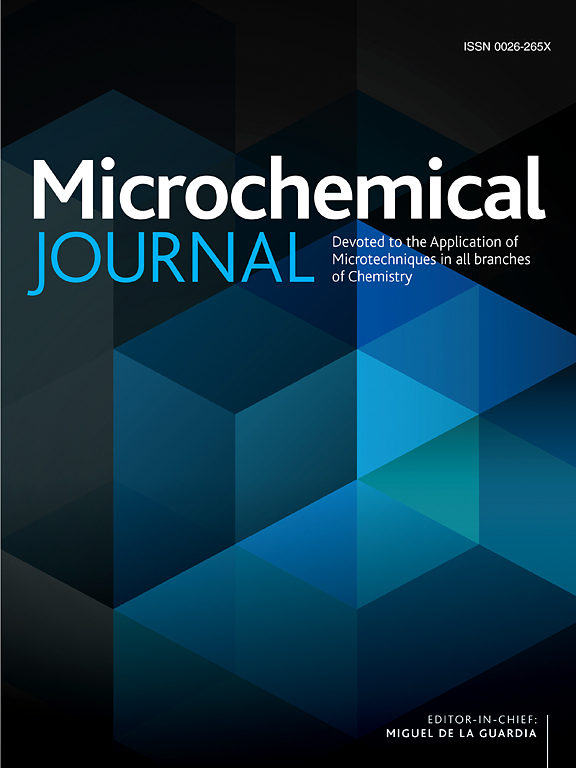Advances in the detection of breast cancer by nucleic acid aptasensor
IF 4.9
2区 化学
Q1 CHEMISTRY, ANALYTICAL
引用次数: 0
Abstract
Breast cancer is the most prevalent malignant tumor among women globally. Early screening for breast cancer significantly enhances treatment outcomes. Biosensors offer high sensitivity, simple operation, low equipment costs, and the capability to quantitatively detect diverse tumor markers. Nucleic acid aptamer sensors are composed of single stranded oligonucleotides containing DNA or RNA, which can be combined with various nanomaterials to produce more sensitive and reliable biosensor platforms. This adapter sensor has been successfully applied in sensor methods such as electrochemistry, fluorescence, surface-enhanced raman spectroscopy, field effect transistors, microfluidic chips, paper-based sensing, etc., with significant specificity, stability, and good biocompatibility. Nucleic acid aptamer sensors are highly favored due to their sensitivity, responsiveness, and selectivity. This review mainly discusses the nucleic acid aptamer sensors using various sensitivity enhancement techniques and nanomaterials to detect the biomarkers, and provides a brief overview of their application prospects.

利用核酸适配传感器检测乳腺癌的进展
乳腺癌是全球妇女中发病率最高的恶性肿瘤。乳腺癌的早期筛查可大大提高治疗效果。生物传感器具有灵敏度高、操作简单、设备成本低以及可定量检测多种肿瘤标志物的特点。核酸适配体传感器由含有 DNA 或 RNA 的单链寡核苷酸组成,可与各种纳米材料相结合,生产出更灵敏、更可靠的生物传感器平台。这种适配传感器已成功应用于电化学、荧光、表面增强拉曼光谱、场效应晶体管、微流控芯片、纸基传感等传感方法,具有显著的特异性、稳定性和良好的生物相容性。核酸适配体传感器因其灵敏性、响应性和选择性而备受青睐。本综述主要讨论了利用各种灵敏度增强技术和纳米材料检测生物标记物的核酸适配体传感器,并简要概述了其应用前景。
本文章由计算机程序翻译,如有差异,请以英文原文为准。
求助全文
约1分钟内获得全文
求助全文
来源期刊

Microchemical Journal
化学-分析化学
CiteScore
8.70
自引率
8.30%
发文量
1131
审稿时长
1.9 months
期刊介绍:
The Microchemical Journal is a peer reviewed journal devoted to all aspects and phases of analytical chemistry and chemical analysis. The Microchemical Journal publishes articles which are at the forefront of modern analytical chemistry and cover innovations in the techniques to the finest possible limits. This includes fundamental aspects, instrumentation, new developments, innovative and novel methods and applications including environmental and clinical field.
Traditional classical analytical methods such as spectrophotometry and titrimetry as well as established instrumentation methods such as flame and graphite furnace atomic absorption spectrometry, gas chromatography, and modified glassy or carbon electrode electrochemical methods will be considered, provided they show significant improvements and novelty compared to the established methods.
 求助内容:
求助内容: 应助结果提醒方式:
应助结果提醒方式:


